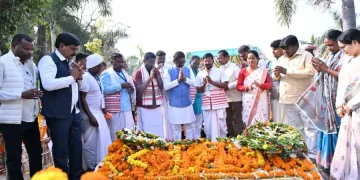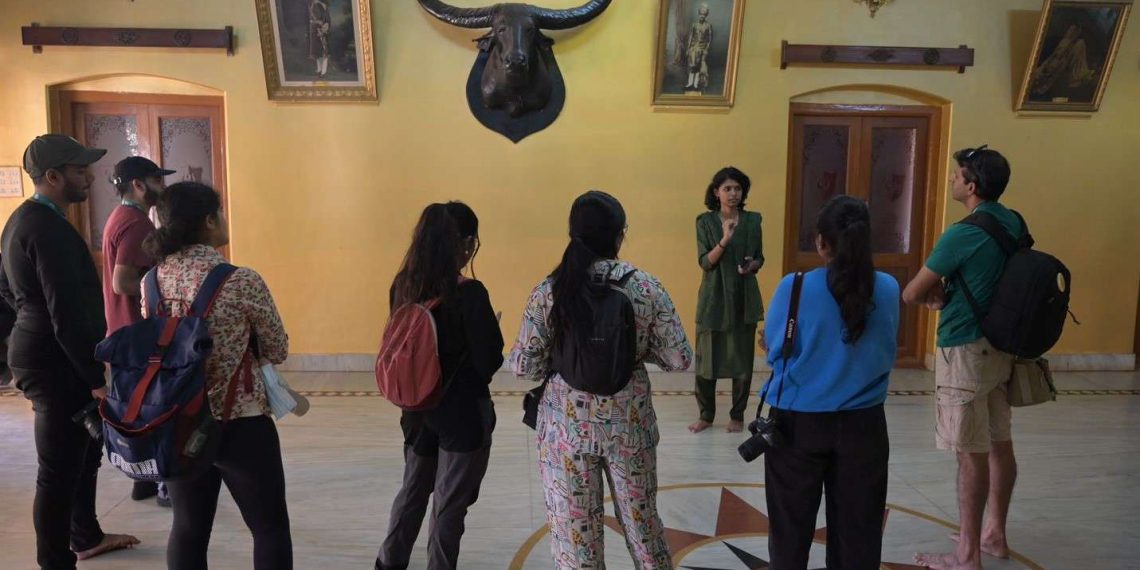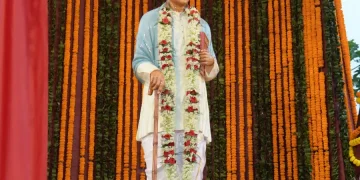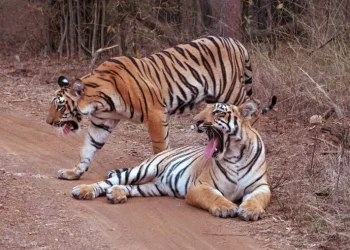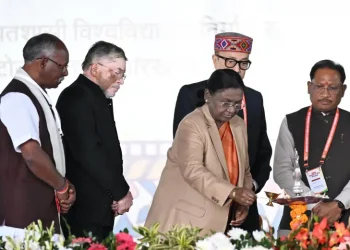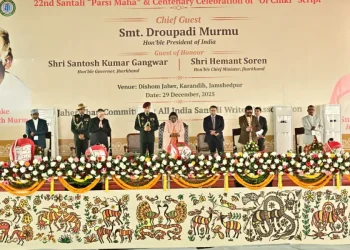Bastar
Years ago, B. Bindu’s father had settled down in Jagdalpur and vowed never again to cross the Indravati river, the lifeline of Bastar, known for its vibrant tribal culture.
Reminiscing the past, Bindu said that during her stay in Bhilai, the industrial hub of Chhattisgarh, many people referred to Jagdalpur as Jangalpur. It signified, that to the world outside, Jagdalpur, the district headquarters of Bastar, was a wild, unorganised and unkempt place.
“My father started working here in the 1980s. At that time, roads were few and far between and the forest cover was dense,” Bindu said.
But she still chose to return to her hometown after completing her engineering degree in Electronics and Telecom. For two reasons: The pull of the roots was strong. As a non-tribal residing in a tribal area, her interest in Adivasis was sparked by her father who visited remote villages of Bastar in his official capacity.
“Secondly, when I completed my engineering degree around 2013, it was a downtime for electronics. So, I decided to try something different. My parents too encouraged me,” Bindu shared with The Indian Tribal.
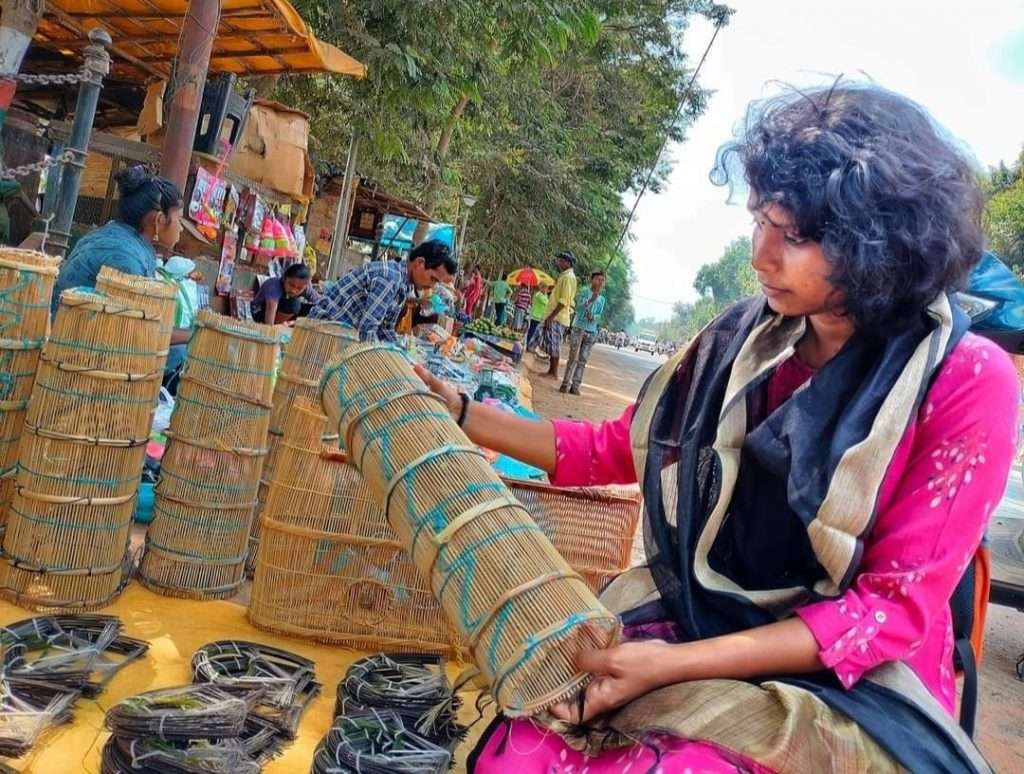
“I explored various options to establish myself in life. Till then, I did not know the real identity of Bastar. I heard everything second hand from my father who was employed in the state electricity board,” she pointed out.
Bindu’s journey started with a Jagdalpur-based travel start-up called ‘Unexplored Bastar’ in 2016.
Today, this enterprising woman has stepped ahead in life. As the founder of her own start-up, Culture Devi, Bindu takes tourists on walks exploring the cultural nuances of a particular place. “Apart from Bastar, I have extensively explored the tribal culture of Nagaland. I am personally interested in folk tales and myths,” she informed.
According to Bindu, Devi represents the female form in Indian society. “Though society places many restrictions on women, it is we who carry the cultural things forward,” she said explaining the logic behind naming her start-up so.
More so, since the presiding deity of Bastar too happens to be Goddess Danteshwari. Among the other deities revered in Bastar’s tribal culture, the name of Jalni Maata stands out. There are sacred groves dedicated to her.
Inspired by Odisha, Bindu said, while Bastar’s Rath Yatra has a definite tribal touch, the Goncha festival, related to the Dhurwa tribe, held in July has its own charm. The Dhurwa tribals make the tupki, a mock pistol, with bamboo and dried palm leaves. Bindu’s Goncha itinerary at Rs 6,500 lasts for four days.
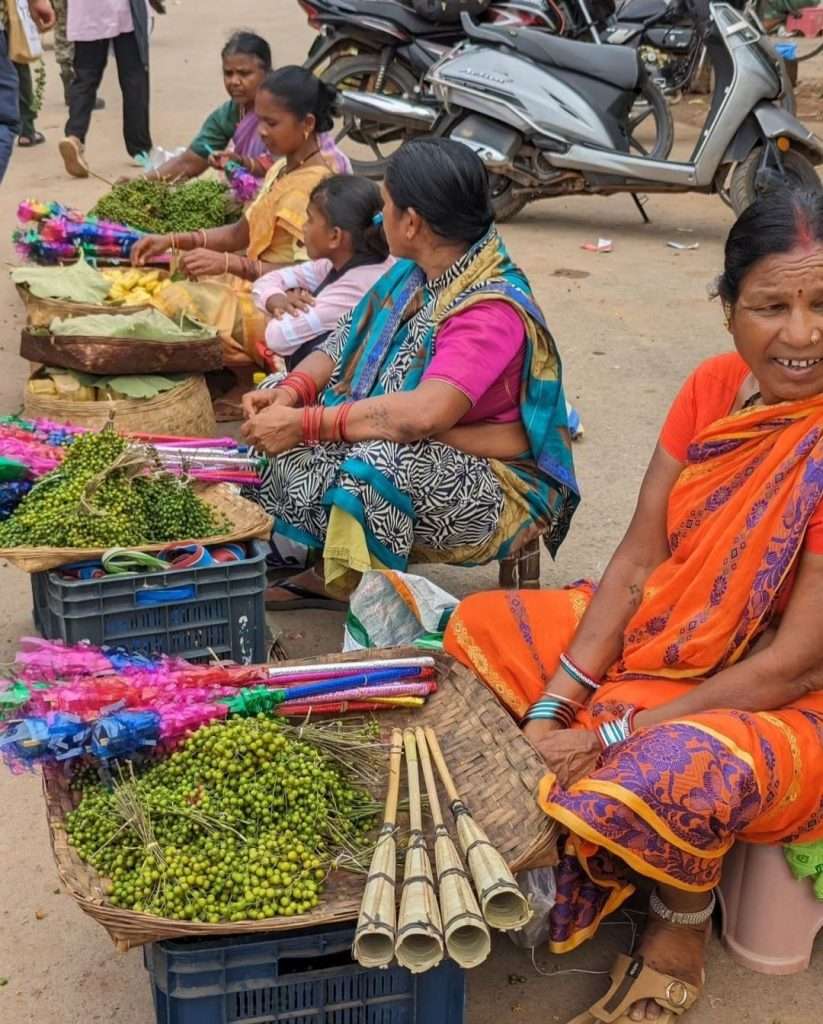
In Bastar, tourism received the much-needed push, thanks to former collectors Amit Kataria and Rajat Bansal. Earlier, people did not possess much information about the place.
Bindu pointed out that her journey in Unexplored Bastar was great as it focused on local communities for livelihood generation. “When I was there, it was very much Bastar-centric involving the tribals of the region for a better future.”
When ‘Culture Devi’ came into being, Bindu started focusing on non-tribal culture as well but being from a tribal region, the first passion remained intact.
Then, Nagaland fascinated her. “In Nagaland, people have converted to Christianity but they maintain their distinct tribal identity.”
Bindu talked about the Apatanis, who reside in the Ziro valley of Arunachal Pradesh, known for the Ziro Music Festival. “I loved how they grow rice and fish together.”
Bastar’s Koleng village was electrified between 2019 and 2021. The reason for the delay was the insurgency problem. No doubt then that in outsiders, whom Bindu referred to, this district of Chhattisgarh evoked sharp reactions.
Besides her father’s stories of Bastar, Bindu slowly developed an interest in tribal culture also through a culinary exposure.
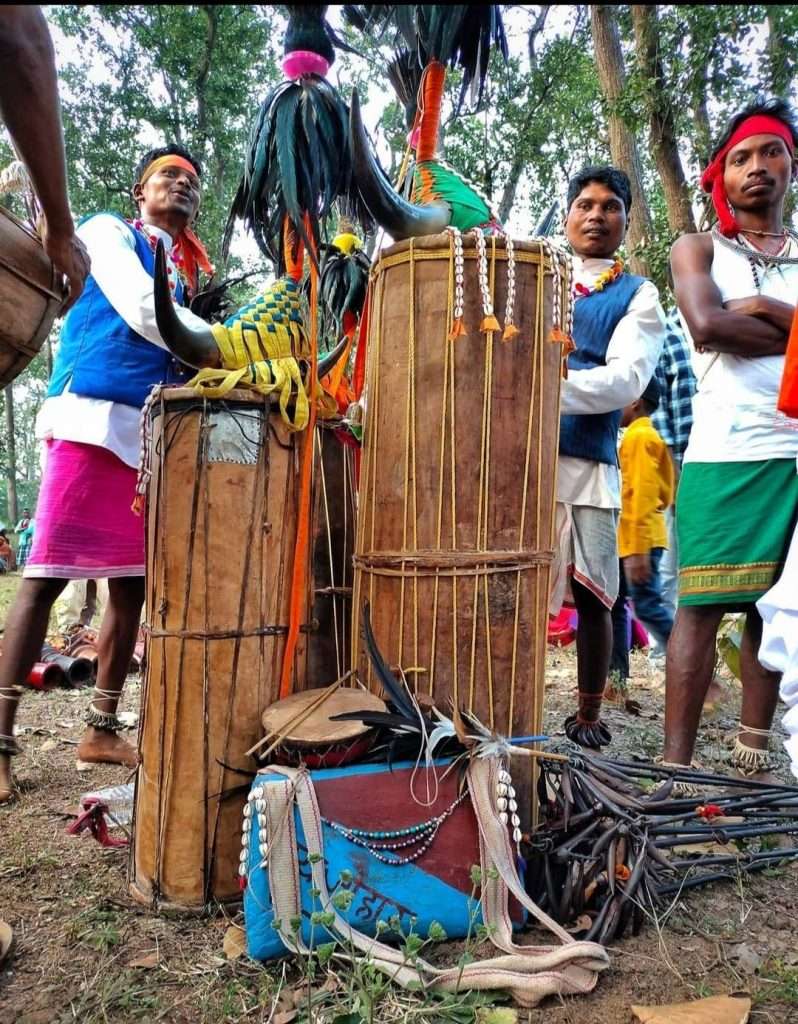
As Bindu’s strongest parts are heritage walks and festivals, visitors can enjoy festivities like Phagun Madai, Gonchha, Amoos and the Bastar Dussehra with her. In Nagaland, Bindu loved the Aoleang festival, celebrated by the Konyak tribe, to mark the spring season.
As a woman guiding travellers, Bindu wants that more and more women should join in her new journey. “It is still not common to find solo women travellers. Mostly, women travel in the company of men. I want to change that.”

